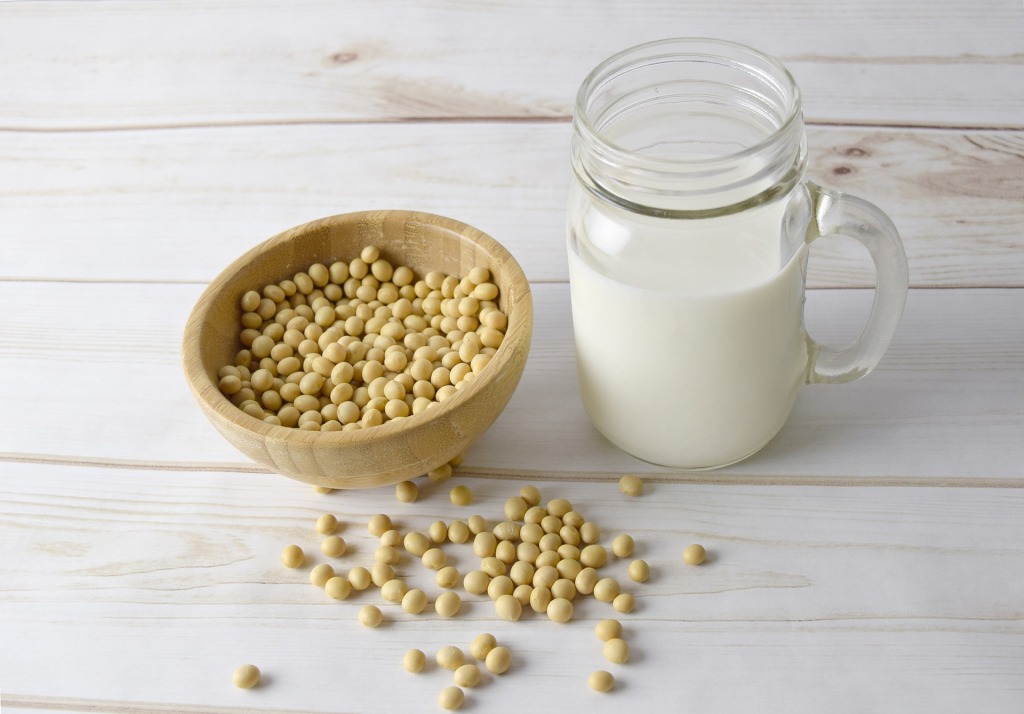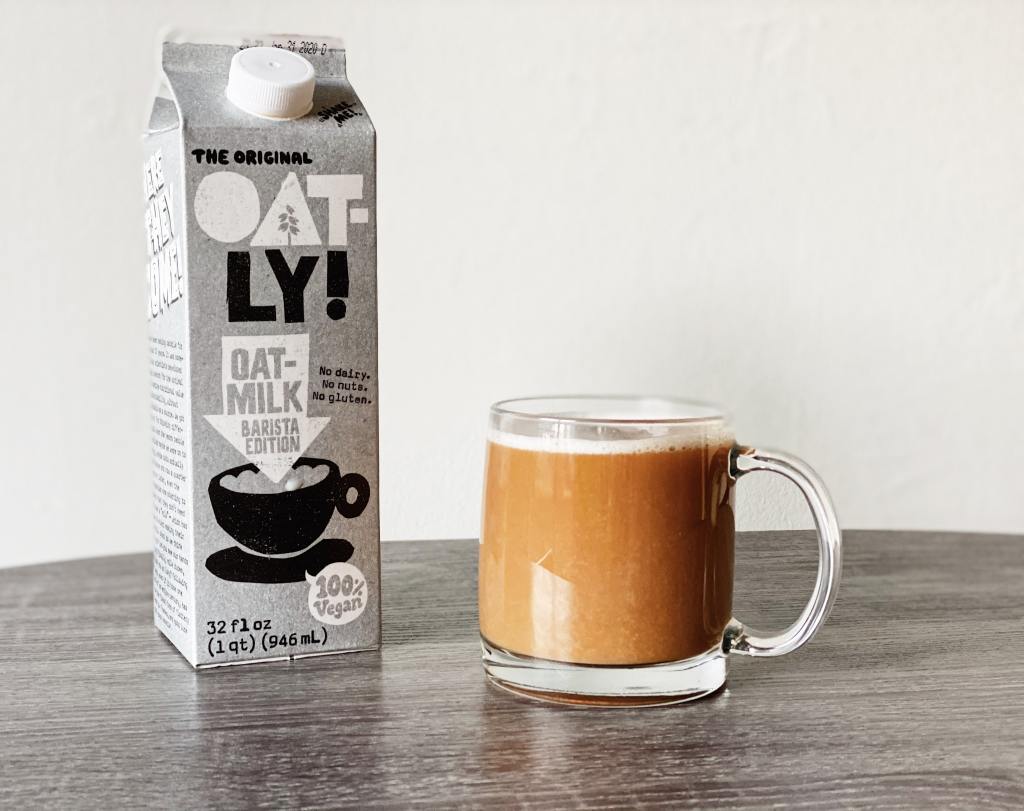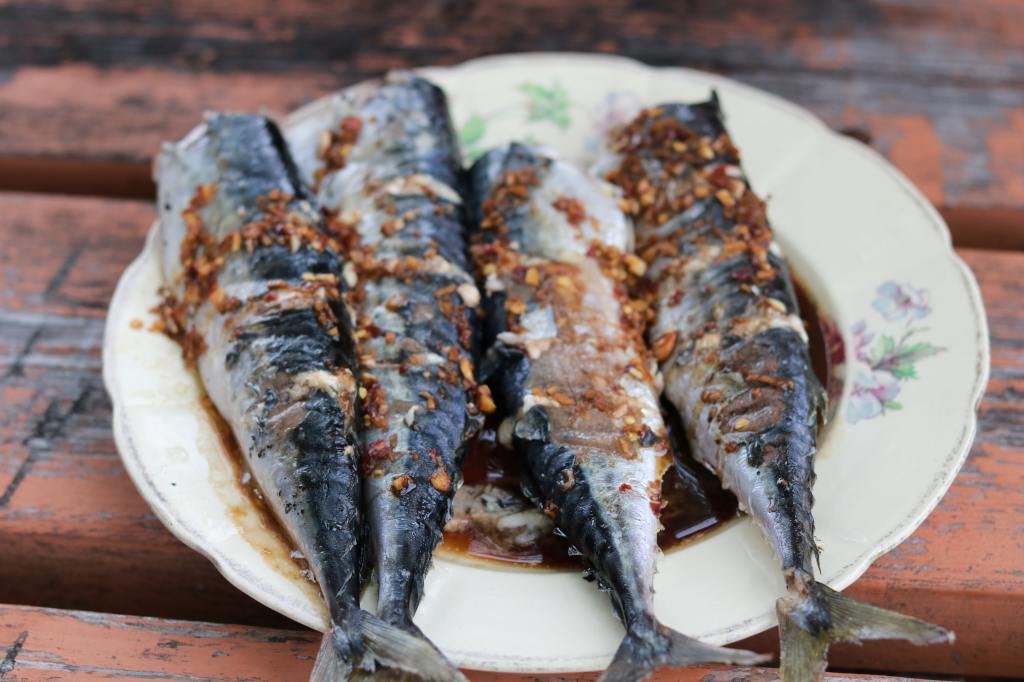The number of people suffering from lactose intolerance is more than you think. Some may only have mild symptoms and some even cannot take in a little amount of dairy products.
Around 75 % of the world population does not produce enough lactase (Sahi, 1994; Swagerty et al., 2002).
People with lactose intolerance has low intestinal lactase activity unable to breakdown lactose into absorbable sugars, glucose and galactose.

Lactose is presented in dairy products made from mammalian milks such as goat, cow and buffalo. Dairy products are one of the main source of protein.
Our lives are occupied by lots of dairy products, including milk, cheese, ice cream, butter, and so forth. People with lactose intolerance shows the symptoms of diarrhea, bloating, gas, nausea and pain in the abdomen.
However, there are plenty of substitutes to replace those lactose-containing dairy products.
1. Lactose-free milk

Lactose-free milk is definitely good news for people who like to have milk in their meals, but they are lactose intolerant. This kind of milk is processed with the addition of lactase, the enzymes to breakdown lactose, into milks to commercially digest lactose into their final products, glucose and galactose.
Lactose-free milk is commonly sweeter than the fresh milk due to the presence of glucose and galactose as the simple sugars.
Other than that, these milks contain equal nutrient content as the normal milks. They still consist of the necessary nutrients found in normal milks, such as calcium, phosphorus, Vitamin D, riboflavin, and Vitamin B12 which are benefits and required for our body growth.
2. Plant-based milk
The most common option of plant-based milk is soy milk.

Soy milk is made from soybeans, and most of the brands will add additional vitamins and minerals such as Vitamin D and calcium, that make the soy milk has similar nutrient content as cow milk.
For every cup of unsweetened soy milk (243 g), it contributes only 80 calories, with 6.95 g of protein, 3.91 g of fat, 4.23 g of carbohydrates and no cholesterol. It is an ideal option of protein source for people who want to keep fitness.
Other than soy milk, oat milk, almond milk and rice milk also the alternatives to replace mammalian fresh milk.
Plant milk has a lower calorie content as compared with animal milk and various macronutrients and micronutrients also can be obtained from plant-based milk.
| Plant-based milk (100 g) | Calorie (kcal) | Protein (g) | Fat (g) | Carbohydrate in total (g) | Sugars (g) |
| Soy milk (unsweetened) | 33 | 2.86 | 1.61 | 1.74 | 0.41 |
| Almond milk (unsweetened) | 15 | 0.59 | 1.10 | 0.58 | 0 |
| Rice milk (unsweetened) | 47 | 0.3 | 1.0 | 9.2 | 5.31 |
| Oat milk | 49 | 1.23 | 2.06 | 6.58 | 2.88 |
| Coconut milk | 230 | 2.3 | 23.8 | 5.5 | 3.3 |
Besides looking at the macronutrient content of the plant-based milk, these drinks also provide human with various benefits.
Oat milk contains soluble fibre in the form of beta-glucans, which can lower down the body LDL level, LDL is the form of bad cholesterol that may block your blood vessels.

Hemp milk contains one of the essential omega-3 fatty acids, alpha linoleic acid, at 0.4 g/100 mL which can help to lower down the blood cholesterol level.
Furthermore, coconut milk is well-studied to have a lot of benefits to human body including effects on HDL to LDL cholesterol, body mass, waist circumference, insulin sensitivity, energy expenditure, and overall adiposity (Cardoso et al., 2015; Han et al., 2007).
3. Yogurt

Yogurt is an additional choice for those people with mild lactose intolerance effect. It is made up from dairy products, cow milk, goat milk or other bovine milk, and undergone fermentation process by bacteria, for example Lactobacillus bulgaricus and Streptococcus thermophilus.
These two bacteria species can produce β-galactosidase, a kind of lactase, that can reduce lactose content in the normal milk.
From a research, lactase content in the yogurt able to digest 50-100 % of the lactose after first hour of consumption, leading to low lactose level in human digestive system (Kolar et al., 1984).
Hence, people who ingest yogurt has a much better absorption of lactose in yogurt, and only a minimum number of people will appear symptoms of diarrhea or flatulence as compared to large amount of people appear lactose intolerance symptoms by consuming bovine milk.
4. Kefir
Kefir is another fermented dairy product that can improve lactose digestion with the similar mechanism as yogurt. Kefir originated in the Caucasus Mountains of Russia centuries ago and has been credited with various health-promoting properties.
Kefir is traditionally prepared from milks of cow, goat or sheep and now soy-milk kefir is also available. Kefir grains are added to the milks containing various bacteria, yeasts, polysaccharides that are ideal for bacterial fermentation.
Different from yogurt, kefir undergoes dual fermentation by lactic acid bacteria and yeasts, resulting in additional carbon dioxide, alcohol and aromatic molecules.
Due to the fermented process, microbial β-galactosidase was produced that allows intestinal lactose digestion as similar to the yogurt. This condition greatly reduced the lactose intolerance happened to the people with mild symptoms.
Beside improved lactose digestion, kefir is also claimed to help in enhancing the immune system and improving digestive health.
5. Hard cheese

Cheese can be your priority choice of fermented products if you are encountered with lactose intolerance. There are numerous kinds of cheese and the lactose content is different among these cheeses.
Fresh cheese has a comparable higher amount of lactose content than aged cheese. Bacteria produces lactase to breakdown lactose, the longer the fermentation time, the more lactose to be breakdown.
Hence, the aged or hard cheese such as Parmesan, blue cheese, Swiss cheese, Cheddar are preferred over the fresh cheese, such as cottage cheese and mozzarella. Only trace amount of lactose presented in hard cheese reduces the lactose intolerance effect on people.
6. Plant-based protein powder
Protein powder is definitely another great choice to replace normal milk and it is always a good drink to keep fitness.
Most of the protein powders is made to contain more than 90 % of the proteins within, together with the reduction of carbohydrate and fat content.
A small package or a small cup of protein powder (5g) for daily consumption is good to help you to burn more energy and build up your body muscle.
Soy and whey protein powders are two most common type of plant-based protein powder. Similar to plant-based milk, they will not cause any dairy allergy or lactose intolerance to people and they are good choices to get enough protein amount.
7. Sorbet and sherbet

These two icy treats are the best substitutes of ice-cream. They are made up basically from fruits, sugars and water. The major difference between them is that sherbet contains low number of dairy products, while sorbet never contains any type of dairy products.
Sherbet can contain 2- 5 % of the milk solids, and only the milk or other dairy content higher than 10 % is considered as ice-cream.
Hence, sherbet is suitable to take in by people with mild lactose malfunction, while sorbet is good for all people. For people who are crave for ice cream as dessert, sorbet and sherbet are the good replacement for them.
8. Seafood for enough calcium

Dairy product is one of the foods that can provide higher level of calcium to our bodies.
Calcium is one of the important elements to help in our bone growth and maintain the strength of our bones. Seafood can be another option to replace dairy products for the source of calcium.
Among all those seafood, sardines and canned salmon are loaded with high calcium due to their edible fish bones. A 3-ounce serving of Atlantic sardines provides about 175 calories and about 320 mg of calcium (about 32 % of the recommended daily calcium uptake) while a can of salmon can provide about 232 mg of the calcium content (about 23 % of the recommended daily calcium uptake).
These fish contain good fat, omega-3 fatty acids, which is necessary for the health of our hearts and prevent other chronic diseases by reducing bad cholesterol level in our bodies.
9. White beans

A total of 132 mg of calcium can be found in 80 g of raw or 200 g of cooked white beans. There are few kinds of white beans such as Cannellini beans, Great Northern, and navy beans.
Cannellini beans are a type of white kidney beans that used in cooking for one of the famous dish, Italian White Bean Soup. It is tasty and fibre-rich beans.
Navy beans are also a type of kidney bean which they were named from 19th century U. S. Navy who took the beans as their main nutrition. Navy beans are also rich in fibre and able to lower LDL level in the body.
Other than calcium content, white beans are also a great source of protein. They can be consumed as one of the main protein source in daily meals. Hence, it can help you in weight loss by raising up the metabolic rate of the body.
A research found out that bean eaters had lower body weight as compared to non-bean eaters, and they had a 23 % reduced risk of larger waist size (Papanikolaou et al., 2008). Beans also help to increase satiety which make you feel full longer to avoid you from overeating.
10. Cress

Cress or watercress is a green vegetable with an incredible amount of calcium content, 188 mg in 120 g of raw cress.
Other than calcium, cress contains many other necessary minerals that are good for bone health, such as magnesium, potassium and phosphorus.
Otherwise, it contains high amount of vitamin K, in which 34 g of the cress provides more than 100 % RDI of vitamin K. Vitamin K cooperates with calcium, helps the absorption of calcium to improve bone health, instead of losing into the urine.
Cress belongs to cruciferous family, can lower the risk of getting breast and bladder cancer. (Xia et al., 2019). In the studies, cress contains the compound, sulforaphane, which gives the effects to against the cancer.
Citation
Cardoso, D. A., Moreira, A. S., de Oliveira, G. M., Luiz, R. R., & Rosa, G. (2015). A coconut extra virgin oil-rich diet increases HDL cholesterol and decreases waist circumference and body mass in coronary artery disease patients. Nutricion hospitalaria, 32(5), 2144-2152.
Deng, Y., Misselwitz, B., Dai, N., & Fox, M. (2015). Lactose intolerance in adults: biological mechanism and dietary management. Nutrients, 7(9), 8020-8035.
Han, J. R., Deng, B., Sun, J., Chen, C. G., Corkey, B. E., Kirkland, J. L., … & Guo, W. (2007). Effects of dietary medium-chain triglyceride on weight loss and insulin sensitivity in a group of moderately overweight free-living type 2 diabetic Chinese subjects. Metabolism, 56(7), 985-991.
Kolars, J. C., Levitt, M. D., Aouji, M., & Savaiano, D. A. (1984). Yogurt—an autodigesting source of lactose. New England Journal of Medicine, 310(1), 1-3.
Papanikolaou, Y., & Fulgoni III, V. L. (2008). Bean consumption is associated with greater nutrient intake, reduced systolic blood pressure, lower body weight, and a smaller waist circumference in adults: results from the National Health and Nutrition Examination Survey 1999-2002. Journal of the American College of Nutrition, 27(5), 569-576.
Sahi, T. (1994). Genetics and epidemiology of adult-type hypolactasia. Scandinavian Journal of Gastroenterology, 29(sup202), 7-20.
Swagerty Jr, D. L., Walling, A., & Klein, R. M. (2002). Lactose intolerance. American family physician, 65(9), 1845.
Xia, Y., Kang, T. W., Jung, Y. D., Zhang, C., & Lian, S. (2019). Sulforaphane Inhibits Nonmuscle Invasive Bladder Cancer Cells Proliferation through Suppression of HIF-1α-Mediated Glycolysis in Hypoxia. Journal of agricultural and food chemistry, 67(28), 7844-7854.




